Agility Ethos Modules
Agile Enterprise
Agile Enterprise is the ability to adapt easily to change. It is the aptness to react successfully to the emergence of new competitors, abrupt shifts in the overall market conditions, and adaptation of industry-changing technologies that are based on the degree of agility in the organization.

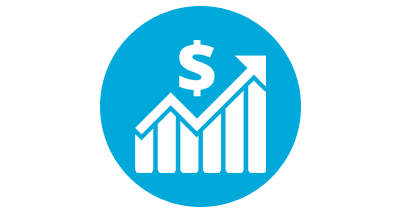
Agile Sales
Agile sales takes Scrum activities like sprints, daily stand-ups, and constant iteration, and applies them to selling. This framework helps sales teams be more flexible, data-driven, and effective.
Agile Marketing
Agile marketing allows for short marketing experiments, frequent feedback, and the ability to react to changing market conditions.
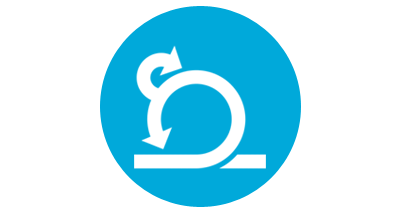
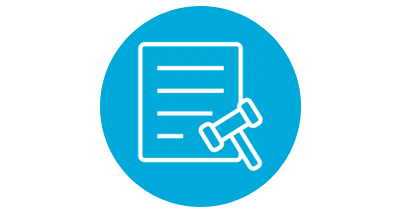
Agile Legal
Agile legal uses Agile methods (Scrum, Kanban, etc.) to facilitate litigation work and support transactional practices for enabling rapid value delivery to the client.
Agile Talent
Agile talent is people transformation via aligning talent management to enable an Agile organization.

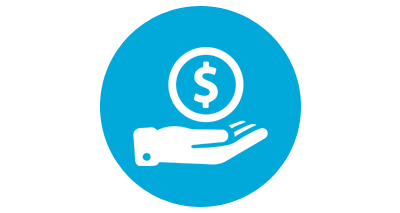
Agile Finance
Agile finance is critical to creating an Agile enterprise. It's a concept that will resonate differently based on a company's culture and its tolerance for decision making.
Product Owner
Product Owner is sole responsible for creating User stories, product backlogs and maintains the streamflow of the team by continuosly integrating the technical features or technical flows for the product.


Scrum Master
A scrum master is the facilitator for an agile development team. Scrum is a framework that allows a cross-functional team to self-organize and make changes quickly, in accordance with agile principles. The scrum master is a servant leader to the process for how information is exchanged.
Dev Team
A collection of cross-functional Individuals on a team that self-organizes to complete Stories and other work items in a Sprint.


Program Portfolio
Program Portfolio is the collection of related programs driven by strategic objectives and goals to deliver value to the organization and its customers.
Lean Portfolio Kanban
The Portfolio Kanban is a method used to visualize, manage, and analyze the prioritization and flow of portfolio Initiatives from ideation to implementation and completion.
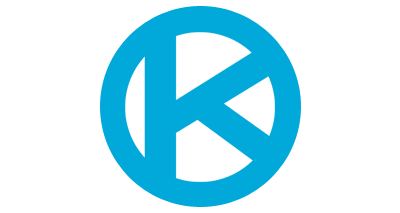
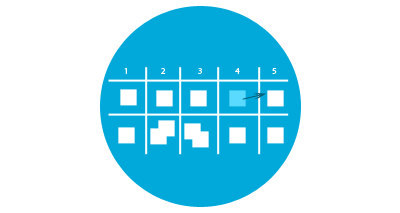
Lean Kanban Team
Lean Kanban Team is responsible to optimize and manage their flow of work through visualization, WIP limits, prioritization, relentless improvement.
SAFe Portfolio
Portfolio SAFe aligns strategy with execution and organizes solution development around the flow of value through one or more value streams.
Source : www.scaledagileframework.com
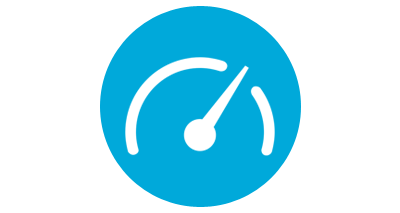
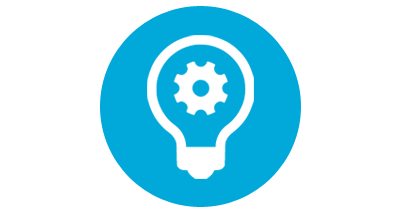
SAFe Large Solution
Large Solution SAFe supports solutions that require multiple ARTs, and typically multiple Suppliers. As solution development becomes larger and more complex, more SAFe elements and practices are required.
Source: www.scaledagileframework.com
SAFe Agile Team
Cross-functional groups of 5-11 individuals who define, build, test, and deliver an increment of value in a short time box.
Source: www.scaledagileframework.com


SAFe Essential
SAFe program gives vision on ideas, features, goals,creates complete streamline for the project and also creates the increment plan for the whole organization.
Source: www.scaledagileframework.com
DevOps
DevOps is a mindset, culture, and set of technical and automation practices. It breaks down silos and empowers Programs and Teams to release Features on demand to their customer.

AgilityEthos is pre-configured with Ethos models that align to the SAFe v5.0 seven core competencies and twenty-one dimensions for Business Agility. The number of competencies you have access to will depend on the pricing plan your organization purchases.
So, why use a tool to measure an organization's Agile maturity and progress? Well, we think the answer is obvious. To truly measure tangible improvement, and to unlock the root causes holding an organization back from innovating and being high performing, you need a lot of brain power and scalability. The right tool can be an enabler to ensure faster, repeatable consistency across the enterprise to baseline and measure real Agility. But, beyond this, the brain power is in the machine learning algorithms to find patterns and inference in the organization's culture.
